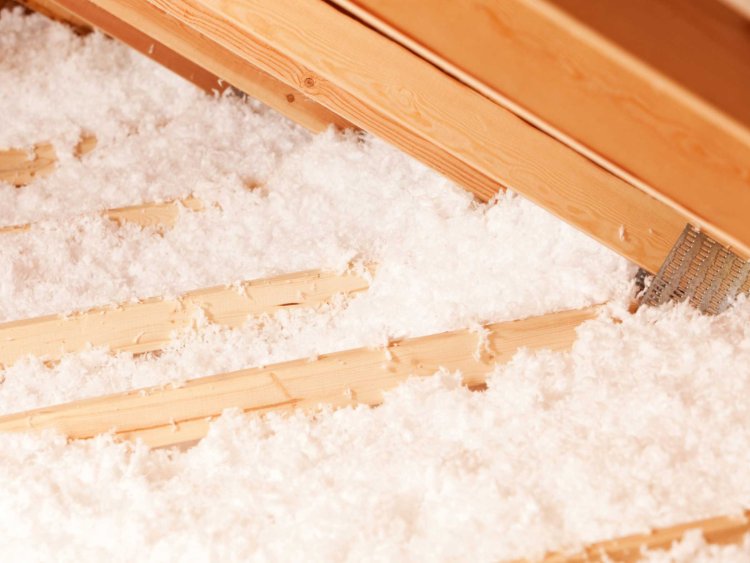Attic insulation: Savings From Top To Bottom

Adding insulation to the attic is one of the most cost-effective ways for a homeowner to save energy. In addition to reducing heat loss in winter and heat gain in summer, attic insulation improves comfort by providing a more even temperature distribution throughout the house. To optimize energy savings and maximize comfort, the insulation must be installed correctly.
Attic insulation techniques
Attic insulation is typically installed as loose fill or battens that are attached to the joists. While installation costs vary, blowing in loose-fill attic insulation—fiberglass, rock wool, or cellulose—is generally less expensive than installing battens and provides better coverage.
Attics on flat roofs are often the easiest part of a house to insulate. They are usually accessible and offer ample space for insulation. However, many homes have cathedral ceilings or knee walls in the attic, which present unique insulation requirements.
Pro Tip: Keep your home comfortable and energy-efficient with Attic Space Insulation Petaluma CA. Our experts provide top-quality insulation services to reduce energy bills and enhance indoor comfort. Call today for a free estimate!
Some key steps to ensure proper installation include:
- Seal all attic air leaks, especially ducts, false ceilings, plumbing and wiring penetrations, light fixtures, and bathroom fans. Insulation alone does not usually stop airflow.
- Install flashing (metal flashing) to maintain clearance requirements (typically 3 inches) for heat-producing equipment located in an attic, such as flues, chimneys, and exhaust fans.
- Use only insulated recessed ceiling lights that are airtight and can be covered with insulation.
- Select insulation levels that meet or exceed the recommended R- values .
- If possible, locate the attic access in an unheated part of the house. Otherwise, heat-heat the attic access and insulate it by adding insulation to the roof or installing an insulated roof box.
- If there is mechanical equipment or storage areas in the attic, raise the attic roof to allow for full-height insulation installation.
Ensure complete coverage for attic insulation. If using loose-fill insulation, follow the manufacturer's specifications for consistent depth coverage. Make sure the installer provides attic rulers to indicate the proper blow-in depth and an accurate attic report card demonstrating that sufficient density has been installed.
When using groundwater insulation, ensure that the insulation completely fills the cavities in the joists. If the joists are uneven, patch the gaps with scrap pieces. In general, a complete and uniform installation is necessary to ensure optimal effectiveness and maximize your savings.


 sophiaemma
sophiaemma 



















